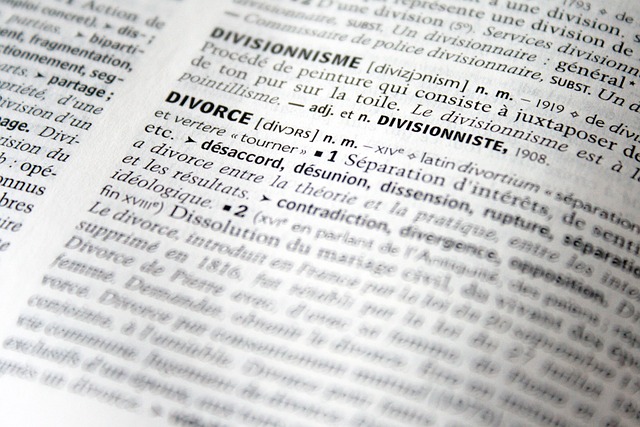When reviewing financial records, look for red flags indicating potential fraud. Consider amicable dissolution of a business partnership as a first step, consult a general criminal defense attorney, and engage in open communication. Draft a settlement agreement, explore alternative dispute resolution methods, prioritize asset protection, and mitigate risks with legal counsel's help to ensure a fair dissolution.
In the intricate world of business, maintaining integrity is paramount. However, fraudulent financial practices can cast a long shadow, damaging reputations and causing significant harm. This article guides you through essential steps to dissolve a business partnership amicably, focusing on recognizing red flags in financial records and taking legal action. Additionally, we explore protecting assets and stakeholders during this transition, providing a roadmap for ending partnerships peacefully while safeguarding interests.
- Recognizing Red Flags in Financial Records
- Legal Steps to End a Partnership Peacefully
- Protecting Assets and Stakeholders During Transition
Recognizing Red Flags in Financial Records

When reviewing financial records, it’s crucial to pay attention to potential red flags that could indicate fraudulent practices. Unusually large or frequent transactions, discrepancies in accounting entries, and unreported income are common signs of trouble. Additionally, keep an eye out for inconsistencies in expense reports, unexpected changes in financial policies, or any activity that seems outside the normal course of business operations.
Early recognition is key to mitigating potential losses. If you suspect fraudulent activities within a respective business partnership, consider taking amicable dissolution steps as a first course of action. Consulting with a general criminal defense attorney can help guide for his clients through this process and ensure all legal formalities are properly followed.
Legal Steps to End a Partnership Peacefully

Ending a business partnership amicably is ideal for all parties involved, preventing costly and stressful legal battles. The first step in this process often involves open communication between partners, where concerns and differences are openly discussed. This initial dialogue aims to understand each other’s perspectives and find common ground for an agreement. If the partners can reach a mutual decision on the terms of dissolution, they may draft and sign a settlement agreement outlining the division of assets, liabilities, and any outstanding issues.
In cases where open communication breaks down or there are allegations of fraudulent practices, alternative dispute resolution methods such as mediation or arbitration might be employed. These processes provide a more controlled environment for negotiation, allowing partners to reach a mutually acceptable solution without the need for jury trials. If all attempts at reconciliation fail and one partner believes they have been wronged, they may seek legal counsel regarding their rights and options. A competent general criminal defense attorney can guide them through the complexities of the law, ensuring a complete dismissal of all charges if applicable.
Protecting Assets and Stakeholders During Transition

When considering the dissolution of a business partnership, it’s paramount to prioritize asset protection and stakeholder welfare. The first steps involve a thorough review of all financial agreements and contracts to ensure that the process is conducted in line with legal frameworks. Engaging experienced professionals, such as lawyers specializing in general criminal defense, can help navigate complex scenarios and mitigate risks.
Implementing the appropriate procedures, including executing steps to dissolve a business partnership amicably, is crucial for maintaining an unprecedented track record. This approach not only safeguards assets but also fosters open communication between departing partners, ensuring that everyone’s interests are considered. By minimizing contentious issues through proactive measures, the transition can be smoother, avoiding lengthy jury trials if disputes arise.
In navigating the complexities of dissolving a business partnership amicably, it’s crucial to recognize fraudulent financial practices early through diligent record checks. By taking legal steps to end the partnership peacefully and protecting assets during transition, stakeholders can ensure a secure future despite the challenges faced. Implementing these effective strategies, as outlined in this article, serves as both a guide and testament to maintaining integrity even in turbulent business landscapes.






